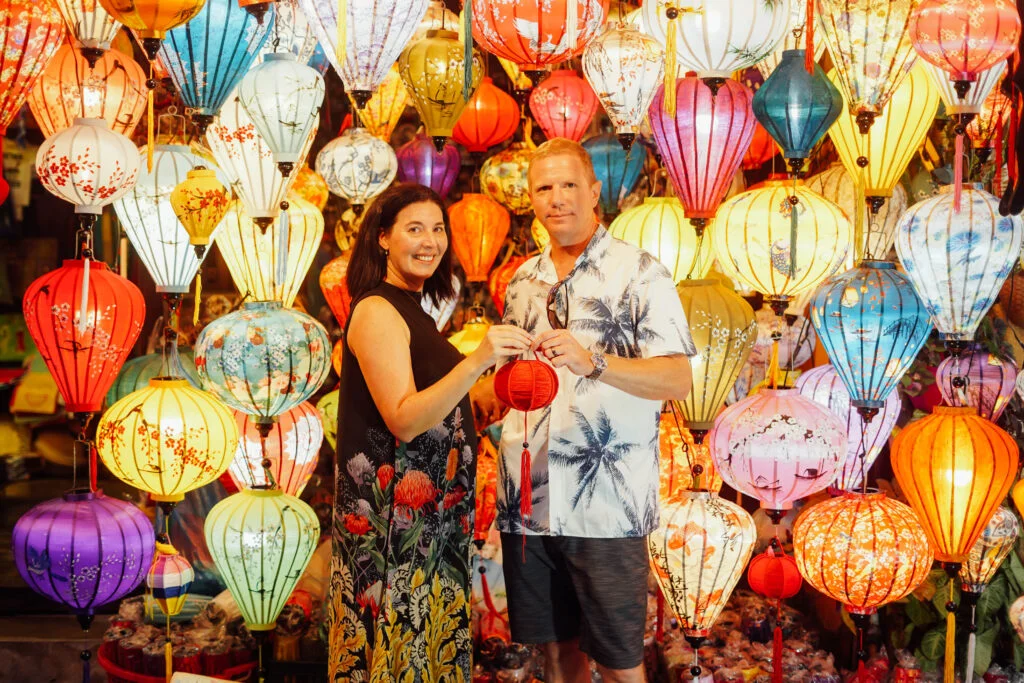Mastering the Art of Photography: Essential Tips for Creative Expression
Creating captivating artistic photography requires more than just technical know-how; it’s about expressing a unique vision. For any photographer, particularly a Da Nang photographer passionate about capturing the vibrant culture and scenic beauty of Vietnam, honing an artistic eye can transform ordinary photos into compelling works of art. Here are some valuable tips that will elevate your photography and make your images stand out.
1. Embrace Unusual Perspectives
Great photography often starts with a fresh viewpoint. Experiment with angles and perspectives that may not seem obvious initially. By shifting your camera up, down, or even capturing reflections, you create unique compositions that draw viewers in. Whether it’s a wide-angle shot that highlights an expansive scene or a close-up that captures intricate details, choosing an unusual perspective can add depth and intrigue to your photos.
2. Play with Lighting
Light is one of the most important elements in photography, and manipulating it creatively can bring a powerful mood to your photos. Use natural light during the golden hour—around sunrise and sunset—to give a soft, warm glow. Alternatively, experiment with artificial lighting or shadows to add drama and texture to your images. Silhouettes, backlighting, and low-key lighting techniques are also fantastic for creating more expressive and artistic shots. Be intentional with how you use light to convey emotion or focus attention on particular subjects within the frame.
3. Capture Emotion and Movement
Photography should evoke a reaction. To achieve this, focus on moments that convey emotion or movement, like a child laughing, waves crashing, or a dancer mid-leap. Capturing these fleeting moments adds life to your images, making them resonate more deeply with viewers. Using a fast shutter speed can help freeze action, while a slower speed can introduce motion blur that conveys dynamism and mood. Consider the emotions or story you want to tell, and adjust your timing and techniques accordingly.
4. Experiment with Editing Techniques
Post-processing is an essential part of artistic photography. Subtle adjustments to color, contrast, and saturation can enhance an image’s impact without losing its natural look. Experimenting with color grading, black-and-white filters, or even double exposure can bring out your unique style and amplify the artistic aspect of your photos. While editing, always aim to enhance the photo’s original beauty rather than overshadowing it. A thoughtful editing process can significantly elevate a picture, taking it from good to extraordinary.
5. Use Props and Surroundings Creatively
Including props or focusing on surrounding elements can add interest to your shots. From everyday objects to environmental elements like fog, sand, or flowers, incorporating these elements can set a particular mood or theme. When shooting in vibrant or historic locations, look for elements that reflect the setting’s cultural or natural essence. For example, using a local Hoi An lantern as a prop in the background or focusing on traditional architecture can create a sense of place and enhance the artistry of your composition.
6. Focus on Composition Rules, Then Break Them
Understanding composition rules, like the rule of thirds, symmetry, and leading lines, is foundational for photographers. Once you’re comfortable with these rules, try breaking them to explore a more creative approach. For instance, centering a subject instead of placing it along the thirds can emphasize importance, while purposeful asymmetry can add visual tension. Experiment with different focal points and compositions, keeping your main subject’s clarity and intent in mind. A skilled Da Nang photographer knows when to follow and when to break composition rules to create a truly unique image.
7. Find Inspiration in Art and Other Photographers
Artistic inspiration can come from studying other visual forms like painting, film, or sculpture. Look at how artists use color, shadow, and form in their work and apply similar techniques in your photography. Study the portfolios of notable photographers to understand how they capture and interpret their subjects. Observing different styles and techniques will help you find and refine your own creative voice.
8. Capture the Essence of Each Scene
To create a striking photograph, capture more than just a subject; focus on the essence of the scene. Think about what makes the place or person unique, and bring those qualities to the forefront of your image. For an event photographer in Hoi An, capturing the liveliness and rich traditions of local festivals or ceremonies can add vibrancy and context to the photos. By focusing on the essence, your images will resonate more deeply with viewers and provide a unique perspective on each scene.
Incorporating these techniques and ideas into your practice will elevate your photography from capturing images to creating art. Experimentation, patience, and a willingness to learn are key elements that can enrich your skills over time. Whether you’re aiming for compelling portraits, landscapes, or event coverage, applying these tips will bring more depth and artistry to your work.
For those looking to capture moments at events or in special settings, Fernandes Photography offers professional, skillful coverage tailored to bring each story to life in every frame. Whether you’re an event photographer in Hoi An or simply a passionate hobbyist, remembering to infuse each shot with creativity and purpose will help you create memorable and inspiring images.




Comments
Post a Comment